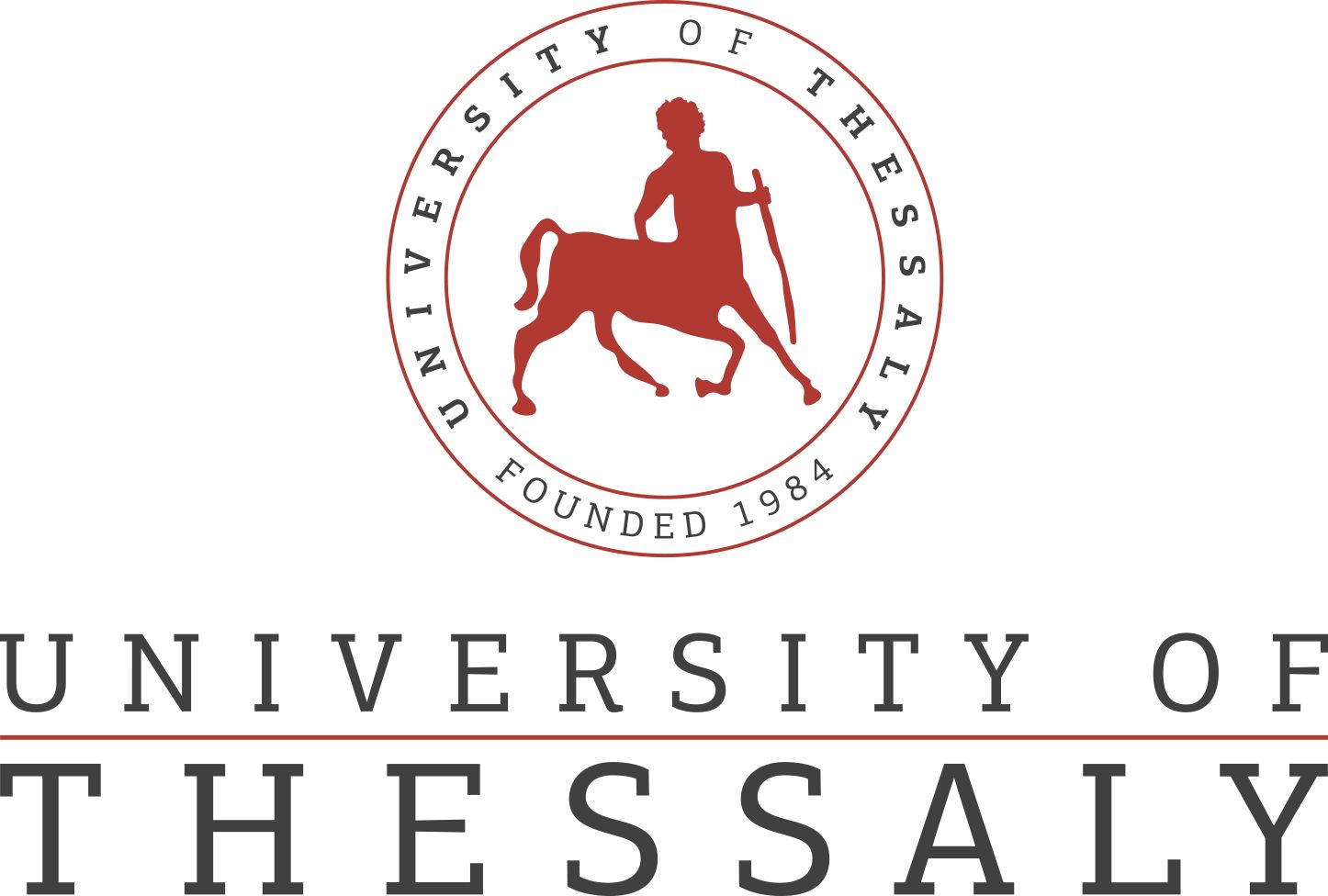
University of Thessaly
Department of Electrical and Computer Engineering
Dr. Thanasis Korakis
Argonafton Filellion
38221 Volos
Greece
The Department of Electrical and Computer Engineering of the University of Thessaly is a well-known institute for higher education in Greece. The Networks and Telecommunications laboratory focuses its activities in the areas of wireless networks, optical networks, mobile communications, security of telecommunications, Information centric networks and applications and services for smart cities. The lab members’ research profiles show a complementary background expertise in different areas in networking, including wireless networks and protocols, signal processing, distributed computing, sensors, video and media transmission, network security and energy-efficient networking. International collaborations strengthen ties with prestigious scientific and industrial institutions from abroad.
Role in the project
UTH will lead the demonstration and experimentation activities of the project (WP6 leader) and contribute to the project by developing hierarchical SDN control plane and orchestration, bridging with the efforts given in 5G-XHaul and also incorporating the use of the OAI platform for flexible functional splitting. More specifically, in WP2, UTH will focus on design of the control and orchestration aspects of the overall architecture and will collect the feedback from the use cases of WP6 in order to evaluate and improve the overall architecture. In WP3, UTH will work on porting the OAI platform over new target hardware (T3.1), including both GPP and Hybrid processors (e.g. Intel Knights Landing), for further developing it and allowing to use higher data rates. In Task 3.2, UTH will contribute to the design and development of the appropriate interfaces, that will enable the operation of the OAI platform over both GPP (as it happens now) and new generation hybrid processors. UTH will investigate, in WP4 and Task 4.1, flexible RAN functional splitting, which can dynamically change the RAN split point depending on the network conditions. In Task 4.2, UTH will contribute to exploit and extend the under development mechanisms of 5G-XHaul, that are already designed to support slicing over the converged FH/BH network, adapting them to the new architecture of 5G-PICTURE. UTH will also contribute in Task 4.4 to the overall design and implementation of the described middleware with focus on support related to VNFs that implement C-RAN VNFs. UTH will also address communication with orchestration tools and are related to the handling of C-RAN functions and disaggregated resources. In WP5, UTH will contribute with a distributed platform design, consisting of a hierarchical flow caching and a multi-tier control plane. UTH will also contribute to NFV state management for NFV reuse across slices and resource slicing support. In WP6, UTH will coordinate the definition of the use cases and experimentation plan, proposing the most efficient way for transferring the knowledge earned by the testbeds to the environment of the vertical use cases. Moreover, UTH will contribute with offering the NITOS testbed for initial integration and validation of all the developed software and hardware components.
